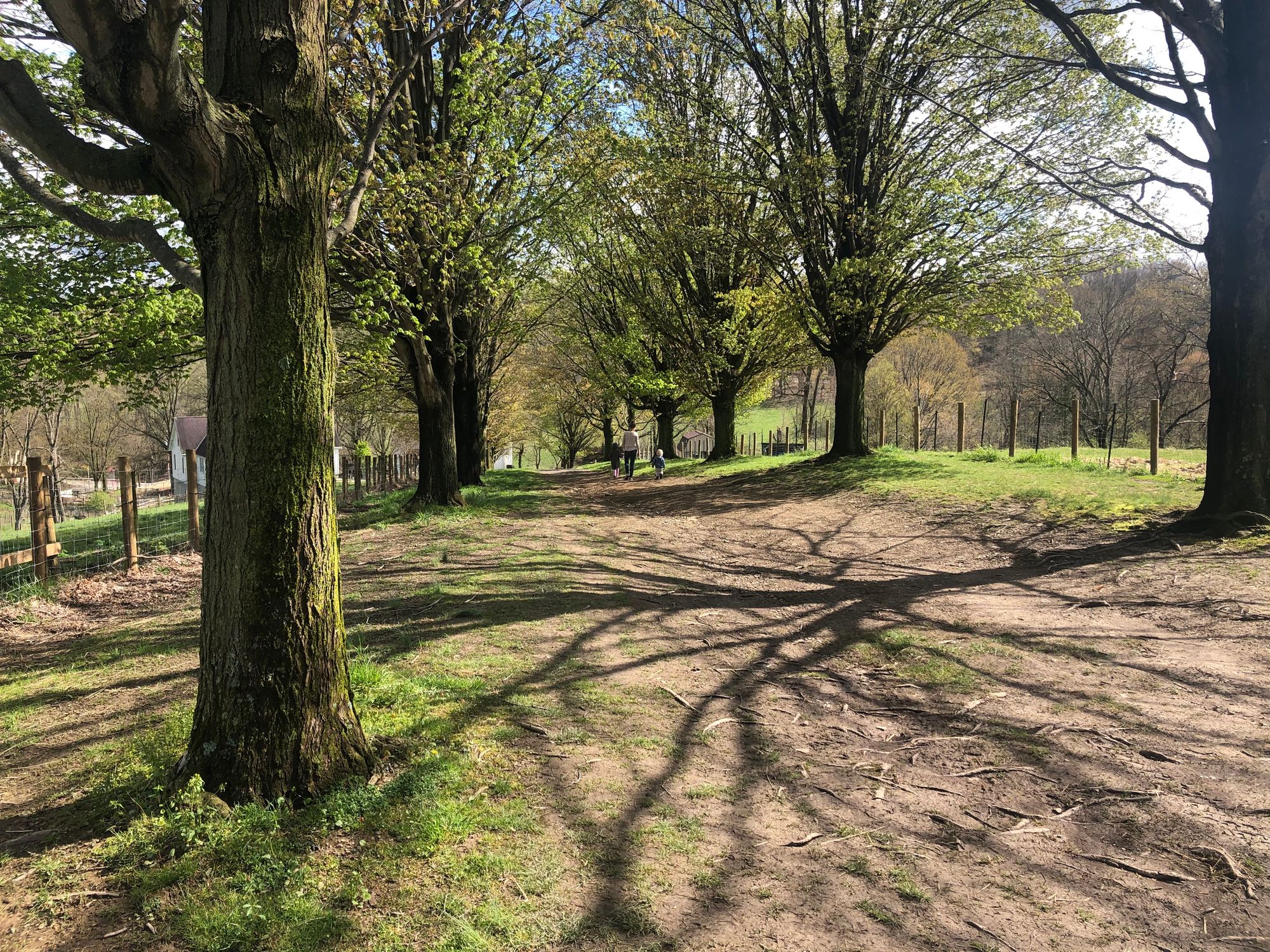Sustainable intensification.

Those two words have been bouncing around inside my brain for the last couple days.
I've been engaging with the arguments out there in favor of either side of the sparing vs. sharing debate. Sustainable intensification is a phrase that popped up as a third route.
Sustainable intensification is essentially regenerative agriculture. Increase yield while also benefiting nature.
One of the documents I looked at on sustainable intensification used silvopasture as an example.
Sounds good so far. That's what we're calling for here, after all.
Let's back up and review a minute.
For those that are new here, I recommend going to read the article I published about the "Financing Nature" report. I will link at the end of this post.
The short version is that world governments are being lobbied for nearly $1 trillion in annual funding to "support biodiversity", and some of the strongest voices in this push are calling to focus on conventional ag while turning away from the regenerative models that are gaining steam.
They claim that by growing crops that yield a high amount of calories per acre, we create more room to "spare" land for full rewilding. This guarantees maximum biodiversity benefits.
There are a lot of issues with the models they are using to forecast what the right way forward for agriculture is.
For one, they optimize agrilculture around maximizing biodiversity. We're managing a complex system here, and the output we are aiming at is not merely biodiversity. Other factors are in play.
Second, they use "low yield" as a proxy for "sharing", and then try to do a slight of hand and lead people to think that this has proved that conventional ag is better than regenerative ag. This is not what has been proved at all.
The only thing they have shown is that producing more food in less space is better for species that require a fully rewilded area.
If anything, I would argue that this is actually an argument in favor of regenerative farms.
A regenerative, perennial system can outcompete a monoculture model on a calorie per acre basis.
I have seen enough to believe that this can be proven true.
Our farm is an experiment in proving this true.
We can design and build a perennial polyculture that outcompetes corn and soy.
We can build a perennial polyculture that provides a good life for farmers and helps them earn a good living from their land while building wealth.
This is the vision we are committed to building.
Regenerative farms practicing sustainable intensification while feeding the world, restoring ecosystem function, and providing a good life for the farmers.
Happy farmers raising good food for healthy communities.
Humans integrated with their community, including the broader natural community that we are part of.
Here's how I put it in one of my early posts...
We're proposing that within the rewilding process lies a better model for humans to thrive - to live well, to be happy and healthy, and to build generation wealth.
Rewilding, at its essence, is a return to individuals functioning well within a well-functioning community. This greater community isn’t just humans though. It’s the entire natural world. We’re all connected.
Rewilding is learning to look at wholes, not just parts. When you pursue local optimums in any complex system, you sacrifice the goal of the entire system.
Put another way, if you want a healthy world, you can’t just optimize for humans. If you do, the results aren’t going to be favorable for the system. Since we’re part of that system, the results aren’t good for us either.
Rewilding is a recognition that the good of the individual needs to be aligned with the good of the community.
If you have land or a farm, I would encourage you to join us in this adventure.
I think this path makes more financial sense than any other.
If you are running a good regenerative model, you should be decreasing inputs every year as you appraoch a closed-loop system.
Even if you do not make it the whole way to "closed-loop", you can still dramatically reduce inputs like fertilizers and pesticides.
We're talking the capability to get rid of the majority of your input costs.
The result is higher profitability, even if your yield is lower.
Before you fall for the argument that the "sharers" have low yield, the truth is that there is also data out there that suggest good regenerative systems can approach and even surpass corn on a calorie per acre basis.
This is especially true with tree crops.
Before you say you don't want to get into tree crops, remember that the most basic form of tree crop is one that is harvested by animals.
This is why I am so excited by silvopasture. We're talking about a practice that can help significantly increase yield, with no ongoing input cost or harvesting required if you don't want that.
You know what else these models fail to take into account? Honey!
We designed our entire silvopasture with the added goal of providing continous nectar and pollen availability in the largest quantities possible throughout the year.
If you are interested in any information about the best honey plants to work into a silvopasture or agroforestry model, let me know and I can share the information we gathered before making our designs.
On that note, if you have any thoughts or questions you'd like to share about encorporating trees on farms let me know. I'm happy to think about specific projects or general ideas.
I'll get my designs up soon. I've been getting ready for the Pasa Conference this week. We're looking forward to getting a way for a few days, but it's hard to leave a farm.
Thanks to Mike for making it possible at all!
Thanks for reading.
Life is good.
One more thing - I'm setting up a new email account for this site so that you can reply directly to my emails. For now, you can send any thoughts to rewildling@proton.me
If you have any interest in joining a community discussion forum about this stuff, send me an email.
Links:
